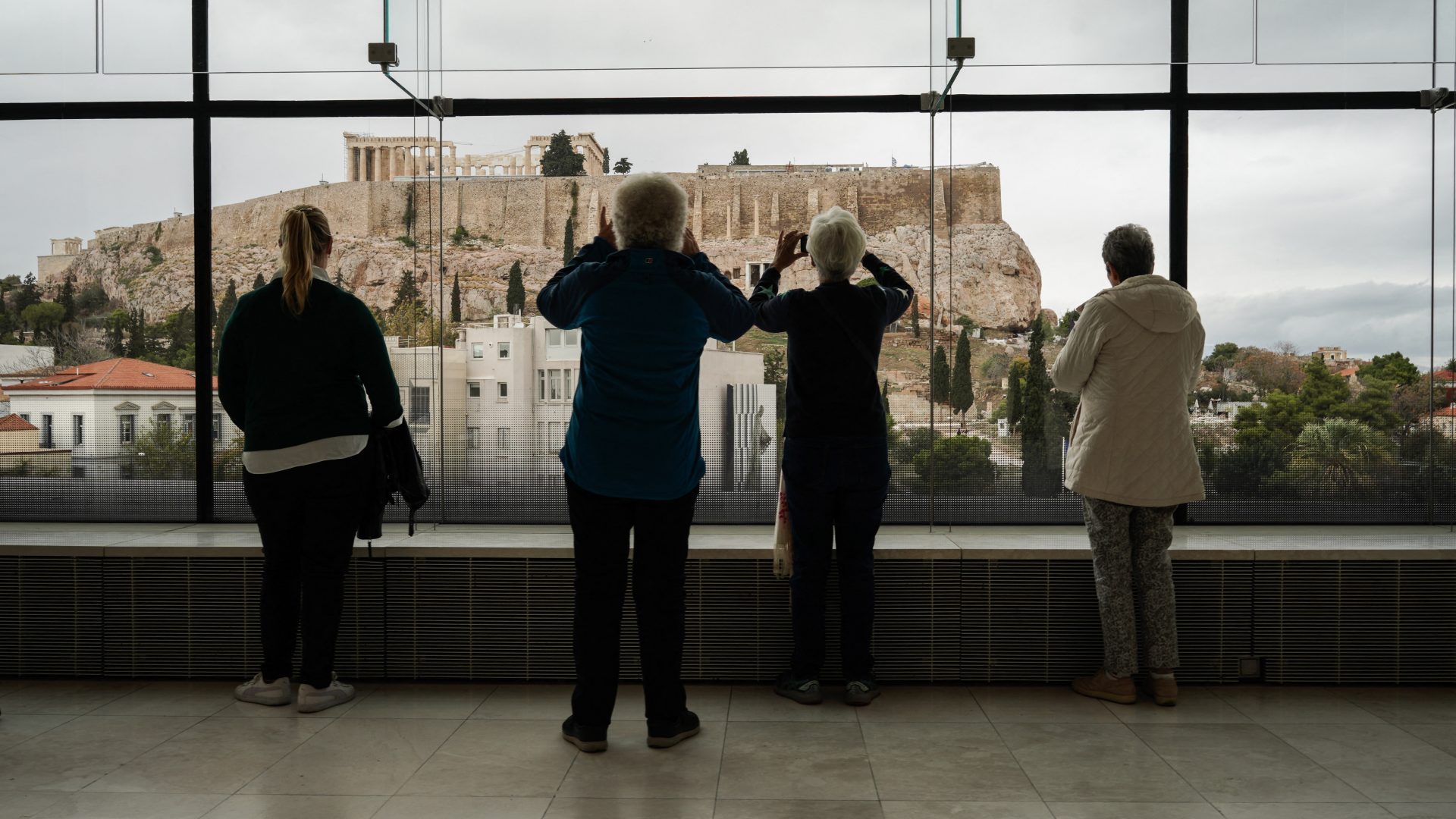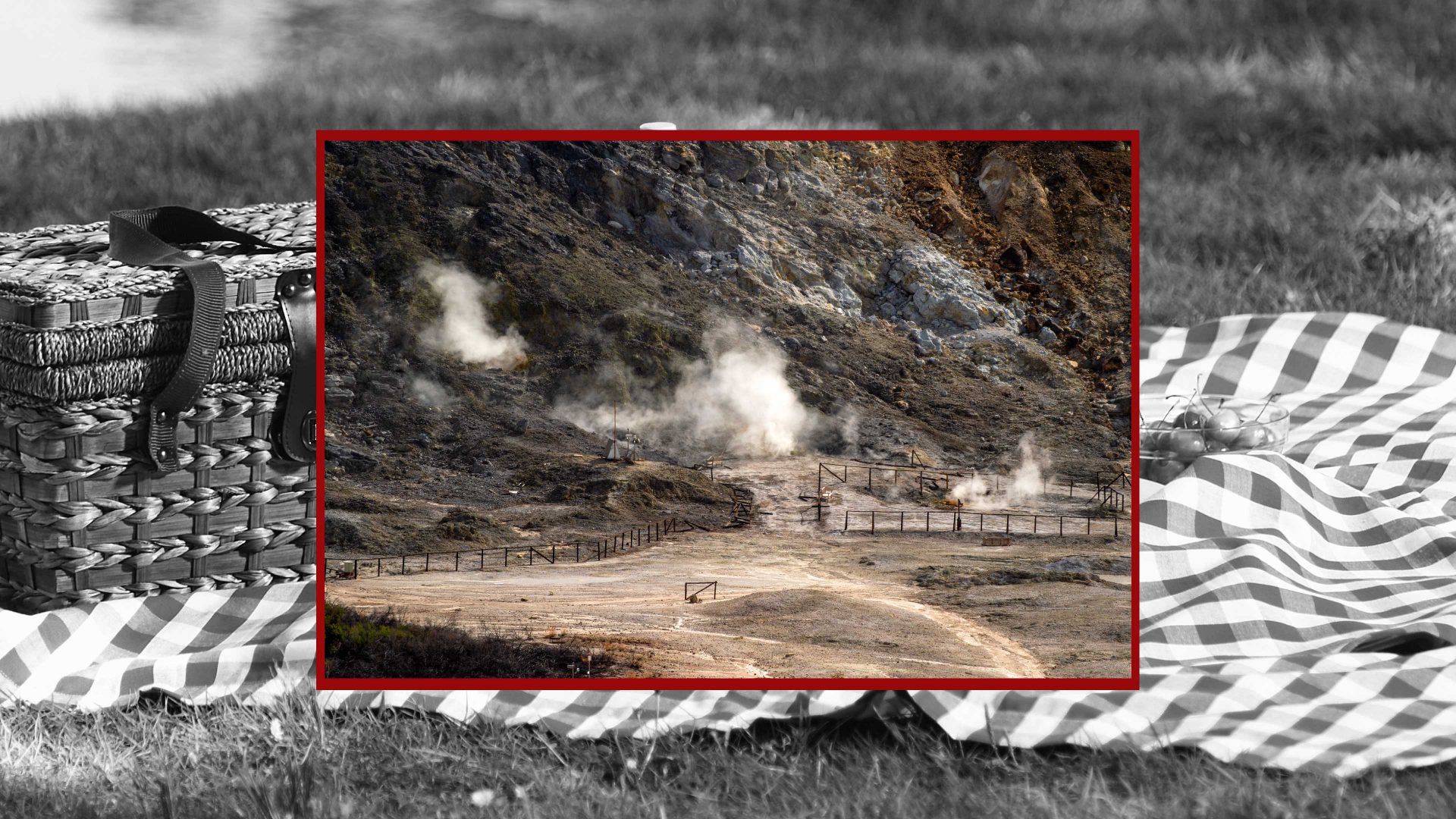Yesterday I went to visit the Athenian Acropolis. I wanted to get a closer look at the exact spot where the Parthenon Marbles once were. I paid my €10 entry fee and climbed the rocky outcrop to the Temple of Athena. Looking up at the huge pediment, you can see the gaps on the façade where the sculptures were originally positioned.
“The most severe damage to the monument was caused in 1801-1802,” read the information panel before me. “When the Scottish ambassador to Constantinople Thomas Bruce, 7th Earl of Elgin, removed the greatest part of the sculptures.” Elgin, the panel states, bribed the Turkish garrison in order to get his hands on 19 pedimental sculptures and 15 decorative panels, which he took back to Britain.
“I don’t understand why they don’t give them back,” said a fellow visitor beside me, in what I guessed to be a Dutch accent.
“They need to be properly protected,” said his English companion, defensively. We Brits, you see, don’t like being told what to do. We didn’t like the European Union bossing us around. And we certainly don’t like being told to give back the looted spoils in our museums.
It’s this kind of petulance that Rishi Sunak displayed when he recently refused to meet the Greek prime minister, Kyriakos Mitsotakis. It wasn’t a very dignified episode. Mitsotakis had flown to the UK to meet Sunak. After an interview with the BBC during which Mitsotakis said that keeping the sculptures in London was like cutting the Mona Lisa in half, Sunak accused the Greek PM of grandstanding, and cancelled their meeting.
While his intention may have been to humiliate his Greek counterpart, the only person it appears Sunak is embarrassing is himself. Only 21% of the UK public think the marbles should remain in the British Museum, so it doesn’t make a lot of political sense to throw his toys out of the pram about it.
“A prime minister shouldn’t act like that,” one of the Acropolis guards told me. “It’s undignified. And those sculptures are stolen. They don’t belong to the British people, they belong here. You won’t find a single person in Greece who doesn’t think they should be returned.”
I asked him what he thought of the argument about setting a precedent – would returning the marbles mean Britain might have to start emptying out all its museums? “I think this is an exceptional case. They’re not stand-alone pieces, they are part of a building. And we have some antiquities in Greece from Ancient Egypt, so I don’t think Mitsotakis wants to entirely open the floodgates.”
The argument that only the British Museum can protect the marbles isn’t accepted here, either. In 2009, the Athenian authorities constructed a museum specifically to display artefacts from the Acropolis. There are even empty cases ready and waiting to receive the marbles. “I think it’s genius,” a Greek friend told me. “They’re literally lit and labelled, waiting for the marbles to be placed inside.”
Another point of contention, she explained, is that the transaction took place while the country was under Ottoman rule. Relations between Greece and Turkey are still fraught, and it is a painful twist of the knife that it was occupying forces, rather than the Greeks themselves, who supposedly approved the removal of the marbles.
The Parthenon was built in the 5th century to commemorate victory over Persian invaders. It was the symbol of a new Athens, one rebuilding itself after the ravages of war. A new Athens is emerging now, too, one that continues to rise from the ashes of the financial crisis – a city that is far from being too unstable, polluted or poorly equipped to care for its own ancient artefacts.
“Having one of the most important and most recognised national symbols of Greece in a museum miles away from where they belong is wrong and, at this point, immoral,” a friend told me. “There are no longer any valid arguments to justify them being away from their country of origin.”



